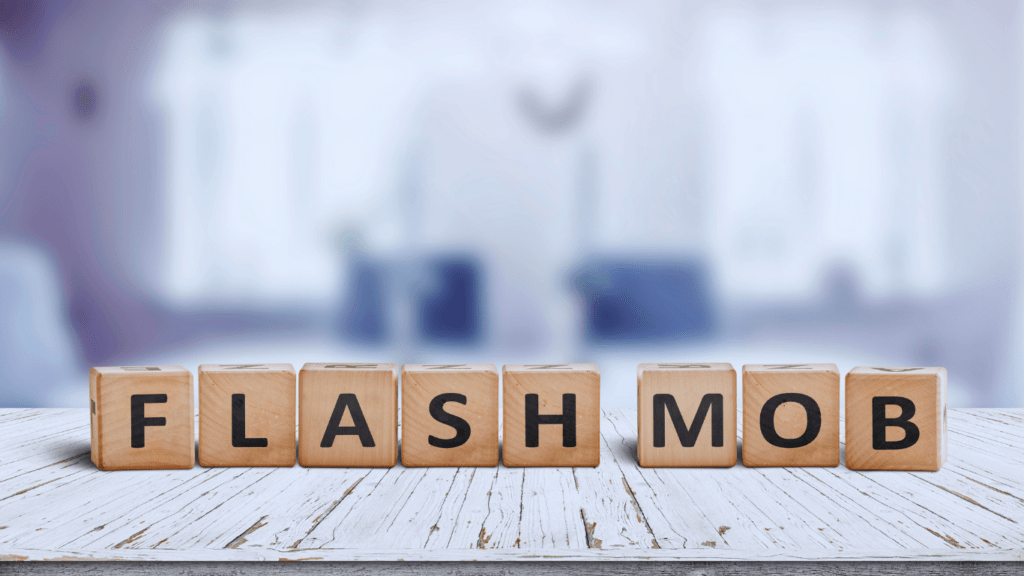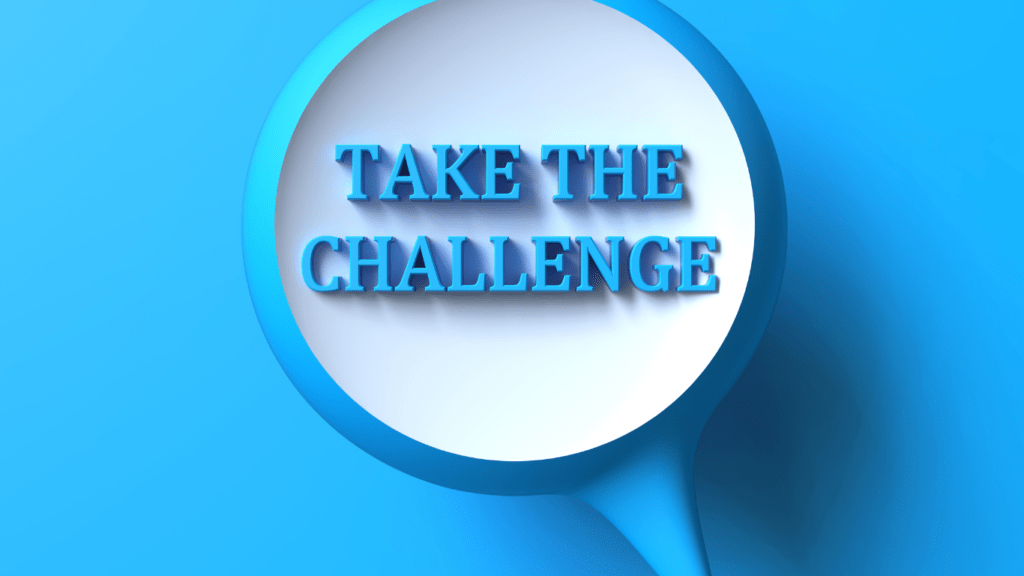Remember when the internet was bursting with flash mobs in train stations, people planking on every surface imaginable, and groups breaking into chaotic dances to the Harlem Shake? These viral moments weren’t just trends—they were cultural phenomena that brought strangers together, sparked creativity, and gave us endless laughs. It felt like everyone wanted to be part of the action.
The Rise Of Viral Trends
Viral trends capture collective fascination, swiftly spreading across the internet and influencing culture. They often embody the perfect mix of novelty and relatability.
What Makes A Trend Go Viral?
A viral trend typically combines unique elements that attract attention and encourage participation. Simplicity ensures accessibility, like with planking or the Harlem Shake, which required minimal effort to recreate. Humor or surprise resonates strongly, leaving a lasting impression and prompting people to share. Timing plays a significant role; trends flourish when they align with cultural moods or current events, amplifying their appeal. Adding a social or interactive aspect, as seen in flash mobs engaging unwitting bystanders, fosters community involvement and wider reach.
The Role Of Social Media In Spreading Viral Moments
- Social media platforms act as amplifiers, rapidly distributing content and connecting diverse audiences.
- Viral trends like the Harlem Shake gained momentum through platforms like YouTube, enabling variants to surface globally in days.
- Algorithms prioritize engaging content, ensuring humorous or captivating videos reach millions effortlessly.
- Hashtags unify conversations, making trends searchable and easier to follow.
- Participation becomes contagious when influencers or celebrities join in, lending credibility and amplifying reach even further.
Flash Mobs: Orchestrated Chaos
Flash mobs emerged as a captivating blend of spontaneity and meticulous planning. These coordinated gatherings transformed public spaces into stages, leaving onlookers in awe and sparking widespread fascination.
Iconic Flash Mob Moments
Certain flash mob moments stand out for their scale and creativity. In 2009, over 20,000 dancers gathered at Liverpool Street Station for a “T-Mobile Dance” commercial, blending marketing with artful execution. Another memorable event occurred in 2010 at Antwerp Central Station, where performers recreated scenes from The Sound of Music to the delight of commuters. The Grand Central Station freeze in 2008, organized by Improv Everywhere, captured attention when over 200 people stood still for minutes, mystifying passersby.
These moments thrived on surprise, drawing massive crowds and an even larger digital audience. Social media amplified their reach, turning local events into global phenomena.
The Cultural Impact of Flash Mobs
Flash mobs redefined the potential of public engagement. They transformed everyday locations into interactive stages, challenging perceptions of public spaces. Their accessibility encouraged diversity, allowing people from varied backgrounds to collaborate creatively.
These phenomena also demonstrated the internet’s capacity to unite people offline, with social media acting as the primary tool for coordination and sharing. Brands utilized flash mobs to blend entertainment with advertising, creating memorable campaigns. Meanwhile, they underscored the universal appeal of performance art, inspiring global adaptations and keeping the concept alive in new forms.
Planking: The Bizarre Viral Phenomenon

Planking captured global attention in the late 2000s, turning the act of lying stiffly, face down, in unusual places into an internet spectacle. Its simplicity and absurdity made it irresistible to millions who sought to join the trend.
The Origins Of Planking
Planking emerged in Australia in 2009 when two friends, Gary Clarkson and Christian Langdon, started sharing photos of themselves lying face down in public spaces. Dubbed “the lying down game” initially, it gained traction when others imitated their poses, sharing images on Facebook and Twitter. Social media propelled the trend, as participants competed to find the most outlandish or high-risk locations for planking, from grocery store shelves to rooftops.
Planking’s universal appeal lay in its accessibility. There were no tools or costumes required, only creativity and a willingness to share. Celebrities like Chris Brown and Justin Bieber briefly joined the craze, adding to its momentum. News outlets further fueled its popularity by documenting extreme planking scenarios, helping the trend reach a global audience in record time.
The Backlash And Decline Of The Trend
Planking faced criticism as participants began pushing boundaries to plank in dangerous spots. Accidents, including falls and injuries, resulted from attempts to achieve the most daring planking photo. In May 2011, a man in Australia died after falling from a high-rise balcony while planking, which marked a significant turning point for the trend.
Public opinion shifted as safety concerns grew, with authorities and media labeling planking reckless rather than amusing. Social media, instrumental in its rise, also contributed to its decline as users mocked the trend or moved on to newer viral phenomena. By mid-2012, planking had mostly disappeared from the public eye, leaving behind a brief yet memorable cultural footprint.
The Harlem Shake: Spontaneous Dance Hysteria
The Harlem Shake exploded as a viral trend in early 2013, captivating millions with its chaotic energy and simplicity. This phenomenon highlighted the power of:
- collaboration
- humor
- creativity in the digital age
How The Harlem Shake Took Over The Internet
The Harlem Shake trend began with a 31-second YouTube video uploaded by a group of Australian teenagers called Filthy Frank. Featuring the track “Harlem Shake” by electronic music producer Baauer, the video showcased an unstructured format: a single individual danced to the song’s intro while others acted oblivious, followed by an abrupt cut to a wild collective dance frenzy after the drop.
The video’s structure was easy to replicate, encouraging viewers to create their versions. Thousands of parodies emerged, featuring office workers, firefighters, and even college students. Within a month, over 40,000 Harlem Shake videos were uploaded, amassing more than 175 million views on YouTube. Social media platforms, particularly Twitter and Facebook, facilitated this rapid spread, as users shared their favorite versions with friends and family.
Memorable Harlem Shake Videos
Several Harlem Shake renditions stood out due to their unique settings or participants. One notable example featured the Norwegian Army performing the routine in full military gear on a snow-filled field. Another popular version included employees from BuzzFeed, creatively using office supplies and costumes. Professional sports teams also got involved, with NBA teams like the Miami Heat showcasing their take to delight fans.
Major institutions joined in, such as the University of Georgia Swim and Dive Team, which recorded their version entirely underwater. These standout performances underscored the trend’s versatility, proving that almost any group or setting could embrace the chaos of the Harlem Shake.
What Do These Viral Moments Have In Common?
Flash mobs, planking, and the Harlem Shake share distinct qualities that catapulted them to global fame. These viral moments leveraged surprise, creativity, and the collective power of digital participation, resonating with diverse audiences.
The Element Of Surprise
Surprise played a pivotal role in capturing attention. Flash mobs stunned onlookers by transforming ordinary settings into vibrant stages, blending unexpectedness with artistry. Similarly, planking turned mundane activities into absurd spectacles, while the Harlem Shake amplified unpredictability by escalating calm scenes into chaotic dance explosions. This element of surprise compelled viewers to watch, share, and participate.
The Power Of Global Participation
A universal sense of inclusivity defined these trends. People across countries recreated them, from planking photos in extreme locations to Harlem Shake videos spanning offices, military bases, and schools. Social media amplified their reach, enabling diverse communities to connect, contribute, and replicate these moments with local flair.


